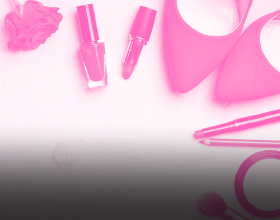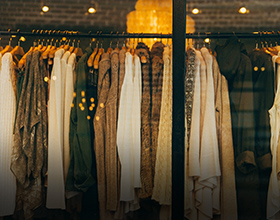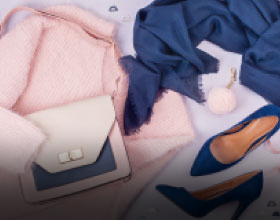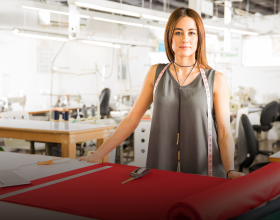Join econexia
Fashion after COVID 19?

2020 was undoubtedly an atypical year for all industries, including of course the sector related to fashion. This has raised doubts about how the new reality will be experienced both in business dynamics and in the relationship with end users. Next, we will share some data that can serve as a tool to project your plan in your business:
1. Properly inform your customers: COVID 19 can live for up to two days on fabrics, so it is important to clarify that, although this is true, it does not represent a serious danger, since the transfer of surfaces or garments dress is not high.
2. Strengthen and promote good practices at home: experts have already made and communicated the protocols when purchasing goods and packages from stores, so that users can carry out their disinfection processes at home, with elements such as alcohol, antibacterial and subsequent hand washing. It is important to support and promote these protocols to avoid contagion and take care of the well being of clients.
3. It is time to try different supplies: taking into account the health crisis that the world is going through, it is important to provide customers with safety alternatives, such as anti-fluid suits, fabrics with antibacterial materials, which can be part of the fashion of the new reality.
4. Avoid: the studies developed so far share that the coronavirus can live longer in some materials than in others, so it is advisable to avoid the identified elements, such as: stainless steel and plastic.
5. Take into account the temperature of your warehouse: among the findings it is also identified that it is not only necessary to take into account the surfaces and materials to study the behavior of the virus, but also the temperatures and environmental conditions such as humidity. The study published in The Lancet proved that the life of the virus can be between 22 ° C and 65% humidity.
6. Types of garments: an important aspect that must be taken into account are the types of garment, since, in breathable pieces, with an open structure, it is more difficult for the virus to remain in it, since the dimensions of the virus are less than the pores of the tissues of these fabrics.
7. Disinfect: Try to perform constant disinfection and cleaning not only on surfaces such as tables, floors but also on hard parts of the presses such as buttons and zippers.
8. Illnesses: prevent your employees with symptoms from entering and working in person in your facilities, as well as checking clients before entering.
9. Be prepared: have items that help you have a good biosecurity protocol such as: thermometer, disinfection mat, alcohol and antibacterial. Social distancing: this is a measure that must be taken into account in your internal protocols with employees, and in your protocols with clients, as far as possible for a long time. Being able to be 1.8 meters away avoids direct contact and minimizes the spread of the virus.
Sources: https://luxiders.com/es/covid-19-tendencias-moda/
https://gabrielfariasiribarren.com/la-situacion-de-la-moda-2020-post-coronavirus/
- A partnership:





